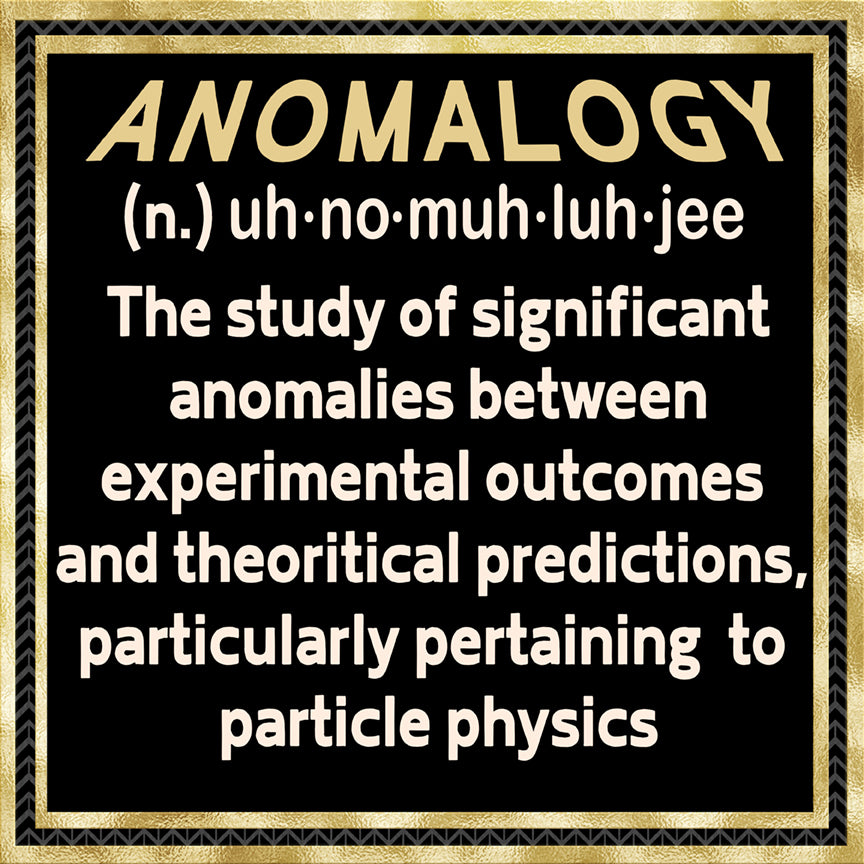Once again a fascinating week for podcast catchups.
1) The always interesting and amusing Daniel Whiteson talks to Noam Chomsky on communicating with aliens about the universe in a wide-ranging interview here and then Daniel and Jorge explore some of the potential dangers and joys of such communication on April 7 here. And let’s remember another anomaly or paradox – the Fermi Paradox!
2) The Standard Model of particle physics is the most successful and complete in history with regard to the precision of experimental results matching prediction. The Collider Detector at Fermilab (CDF) analysis suggests the precise mass of W boson (which conveys the weak force) mass is much bigger (about 7x the experimental error) compared to the predicted value. The results may, along with muon’s magnetic moment and B meson measurements, be phenomena giving us tantalizing signs of new physics.
Adrian Cho, in the AAAS Science podcast (8 April, about 12 min in), notes that phenomenology is a term used by particle physicists to describe anomalies where the standard model does not quite work. He suggests ANOMALOGY be used for the study of such anomalies where experimentation significantly and repeatedly differs from predicted results. (Geoffrey B Cox used the word in his 2017 book “Anomology: Separation of Subcultures Under One Umbrella” but we think it has better application in STEM fields).
Adrian Cho’s article can be found here with the researchers paper here
“How wonderful that we have met with a paradox. Now we have some hope to making progress”
Neils Bohr
Given our Muon Magnetic Moment design we loved Adrian's neologism so have added some products with a ANOMALOGY related design to the website see them under the Science collection or search under the desired product set. Let us know if you can’t find it on the product you want and we can add it.
3) The ESA’s Solar Orbiter took some spectacular close-up images of the Sun during March with the SpaceTime With Stuart Gary podcast giving a good summary of the process, including using the Spectral Imaging of the Coronal Environment (SPICE) imager and outlining another anomaly – the higher temperatures above the sun’s surface. An ESA link is here and we were inspired to produce a related design in our Space collection.
4) We also listened to Ep 240 of NASA’s Houston We Have a Podcast featuring Dr Nicole Wagner describing her journey to understanding what a scientist does, becoming one herself and the collaborative process behind using the ISS to manufacture a protein film to cure retinal blindness. It’s a good episode for young aspiring scientists and STEMETTES to listen to perhaps.
Don't forget to check out our link to podcasts we regularly catch up with here.

